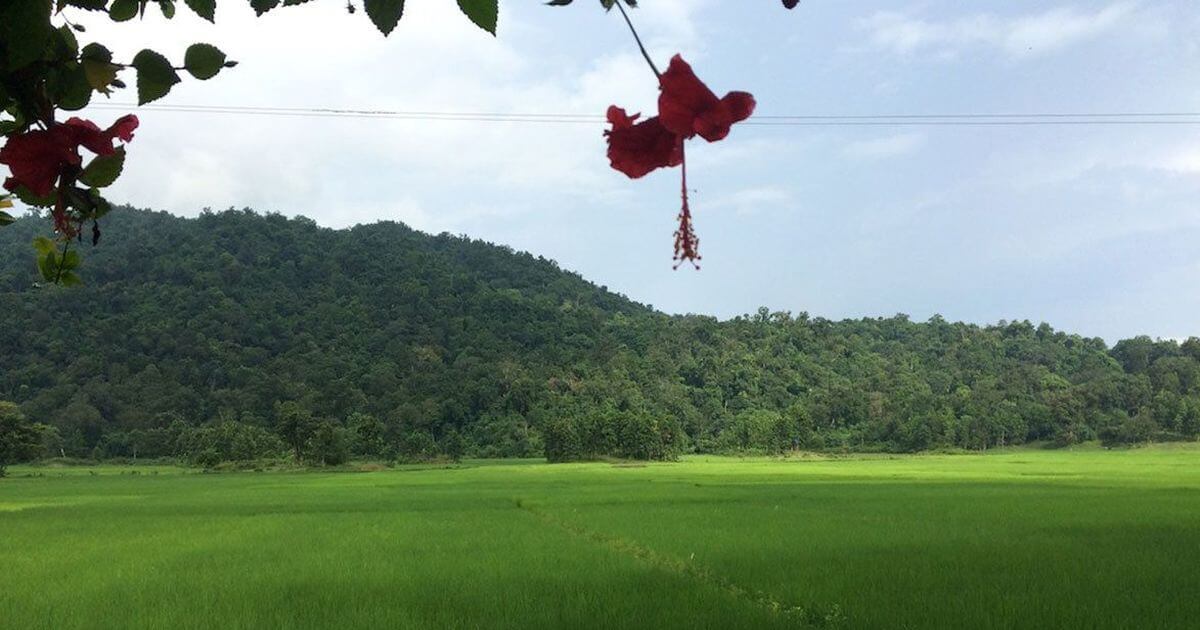International Academic Conference IGNOU-AHD2017 “Agriculture and Human Development in India: Indigenous Practices, Scientific views, and Sustainability” held during September 8-9, 2017 at the Indian Institute of Technology, Guwahati
Abstract:
In Assam, despite the increase in investments made in creating new groundwater structures in the last two decades, gross irrigated area as a percentage of the gross cropped area of the state ranks among the lowest in the country. Additionally, the percentage of the same for marginal farmers as compared to semi-medium and large farmers is almost negligible. One of the reasons that could be attributed to this, from the energy-irrigation perspective, is the inappropriate size of the pumps being used. The modal pump size used on ground/surface water structures in Assam is 4 Horse Power (HP). However, given the abundant surface and groundwater sources, the scope for boosting agricultural income through irrigated farming for marginal farmers is high.
It is being argued that use of small capacity pumps (<2 HP) would lead to higher utilization of the surface/groundwater for irrigation. With electric connections being limited, diesel and solar remain the easily available sources of energy for operating these pumps. Therefore in order to understand the context and viability of small pumps in a state like Assam, a study was conducted in 4 blocks of Kamrup Rural district. Convenience sampling was used to select the farmers. A total of 67 farmers, using different pump sizes were interviewed, using structured questionnaires and focus group discussions. The analysis was done to compare across categories of pump ownership and land holdings, on indicators pertaining to agronomy, user, and the irrigation context.
It is seen from the analysis that small pump users have a higher seasonal spread of crops compared to large pump users. Despite having higher power available per net sown area, net irrigated area as a percentage of operational land holding was low for large pump users as compared to small pump users. The income per hectare of small pump users was higher as compared to large pump users. Small pumps were utilized more on an average as compared to large pumps, during Rabi. Due to lower discharge, small pumps do not lead to contamination of groundwater which is prevalent in the case of large pumps. As the capital costs are low in the case of small pumps they are more profitable. Overall, farmers have reported the transition to small pumps as a sustainable shift in technology for irrigating their fields.

